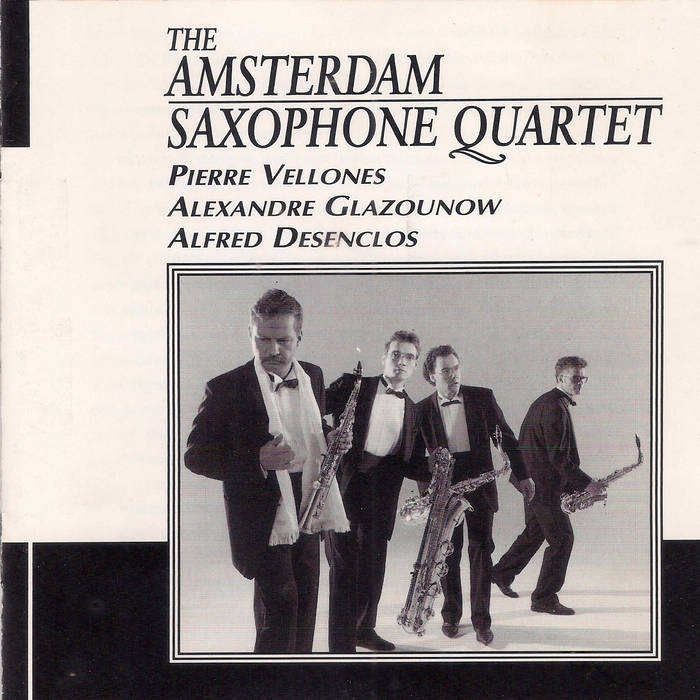

Bonneau's Caprice en forme de valse pour solo saxophone (1950) is his most notable saxophone piece, although his Suite (1944) is a lesser-known work. Vellones' Rapsodie pour alto saxophone, harp and celesta (1937) is one of the first compositions written for saxophone.

The second and third recitals are a combination of unaccompanied solos, accompanied solos, concertos or concertinos, and transcriptions by Mule. They include: 1) Grave et Presto (1938), an early work for saxophone quartet written by his colleague at the Paris Conservatory, Jean Rivier, 2) Gabriel Pieme's Intra et variations sur un ronde populaire (1937), the first major work written for saxophone quartet, 3) Bozza's Andante et Scherzo and 4) Desenclos' Quatour, which was considered by Mule to be one of the finest saxophone quartets written. The first recital consists of standard saxophone quartets written for Mule's quartet. To this end, I have designed three recitals that will include quartets, solo works, and transcriptions. I have chosen to focus on the characteristics and styles that reflected Mule's recital programming.

His influence in these capacities resulted in a wealth of music for the saxophone that remains relevant and popular. Marcel Mule (1901-2001) was a French saxophonist, founder of the modem saxophone quartet, teacher at the Paris Conservatory, and arranger.


 0 kommentar(er)
0 kommentar(er)
